Buy this landscape artwork Table Mountain Heath by Tashina van Zwam on canvas, ArtFrame, poster and wallpaper, printed on demand in high quality.
About "Table Mountain Heath"
by Tashina van Zwam
About the artwork
Table Mountain Heath is a high-altitude heathland area between Huizen and Laren of about 74 ha located in the municipality of Huizen. The southern edge of the heath is in the municipality of Blaricum. The area is under the management of the Goois Natuurreservaat. Southwards, on the other side of the Oude Naarderweg, the Tafelbergerheide merges into the Blaricummerheide.
The heathland has many height differences, caused by the land ice during the Ice Age. The highest point is Table Mountain, from which this heath owes its name. This 36.4-metre-high 'hill' is one of the highest points in the province of North Holland. It takes its name from an old orientation table that was located on this slope. Part of it is still on display at the Museum Hilversum. A new orientation table was installed when Table Mountain was renovated in 2019.
Many clay pits are found on the heathland. These are the result of activities of former inhabitants of Het Gooi who took clay from this place, which they used to harden the floors and yards of their farms. The clay originates from northern Europe and was transported with the glacial ice during the rift ice age. The loam pits are very valuable because of the plant life unique to the Netherlands that can be found there.
Since 1990, Drentse heath sheep have been grazing on Tafelbergheide; cattle were added in 1991. Dogs are only allowed to walk on a leash in the grazed area.

About Tashina van Zwam
A very enthusiastic and passionate photographer from the Netherlands... Read more…
 Netherlands
Netherlands Ordered in January 2022
Ordered in January 2022
 Netherlands
Netherlands Ordered in September 2017
Ordered in September 2017
 Netherlands
Netherlands Ordered in November 2020
Ordered in November 2020
 Germany
Germany Ordered in May 2021
Ordered in May 2021
 Germany
Germany Ordered in March 2024
Ordered in March 2024
 Netherlands
Netherlands Ordered in April 2018
Ordered in April 2018
 Netherlands
Netherlands Ordered in October 2019
Ordered in October 2019
 Netherlands
Netherlands Ordered in November 2019
Ordered in November 2019
 Netherlands
Netherlands Ordered in December 2018
Ordered in December 2018
 Netherlands
Netherlands Ordered in August 2022
Ordered in August 2022
 Germany
Germany Ordered in January 2022
Ordered in January 2022
 Netherlands
Netherlands Ordered in November 2021
Ordered in November 2021
About the material
ArtFrame™
Interchangeable Art Prints
- High-quality print
- Easily interchangeable
- Acoustic function
- Large sizes available
Discover the artworks of Tashina van Zwam
 Nature's GiftTashina van Zwam
Nature's GiftTashina van Zwam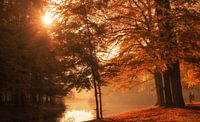 TogetherTashina van Zwam
TogetherTashina van Zwam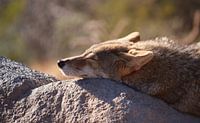 SleepyheadTashina van Zwam
SleepyheadTashina van Zwam Autumn lightTashina van Zwam
Autumn lightTashina van Zwam Red petalsTashina van Zwam
Red petalsTashina van Zwam White flowerTashina van Zwam
White flowerTashina van Zwam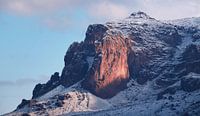 Apache JunctionTashina van Zwam
Apache JunctionTashina van Zwam The forest edgeTashina van Zwam
The forest edgeTashina van Zwam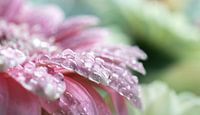 Water dropsTashina van Zwam
Water dropsTashina van Zwam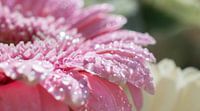 Bij elkaarTashina van Zwam
Bij elkaarTashina van Zwam Yosemite National ParkTashina van Zwam
Yosemite National ParkTashina van Zwam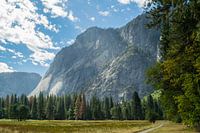 Yosemite National ParkTashina van Zwam
Yosemite National ParkTashina van Zwam SunsetTashina van Zwam
SunsetTashina van Zwam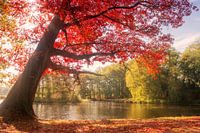 Groeneveld CastleTashina van Zwam
Groeneveld CastleTashina van Zwam Follow the TrailTashina van Zwam
Follow the TrailTashina van Zwam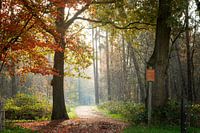 Into the LightTashina van Zwam
Into the LightTashina van Zwam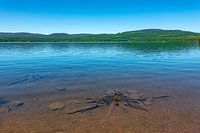 Timothy LakeTashina van Zwam
Timothy LakeTashina van Zwam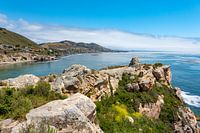 Pirate's Cove BeachTashina van Zwam
Pirate's Cove BeachTashina van Zwam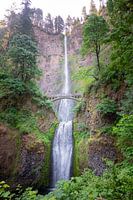 Multnomah FallsTashina van Zwam
Multnomah FallsTashina van Zwam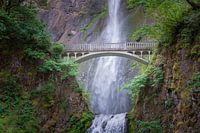 Multnomah FallsTashina van Zwam
Multnomah FallsTashina van Zwam
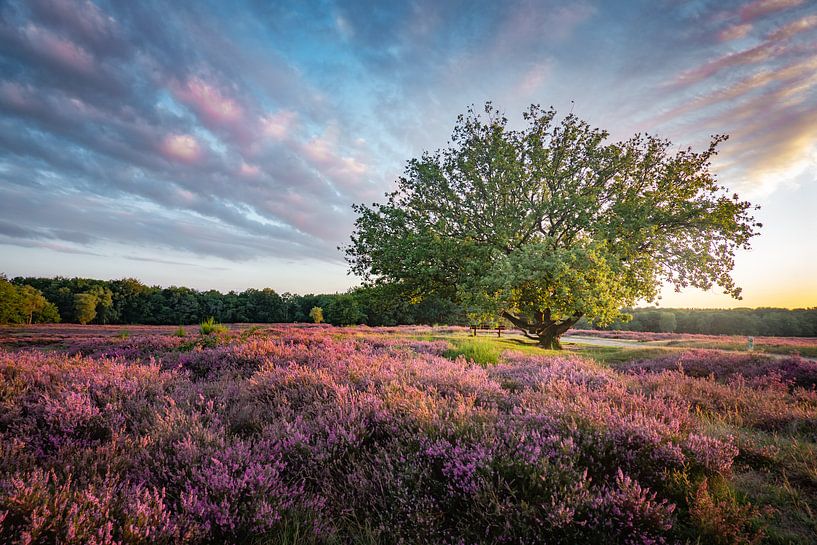




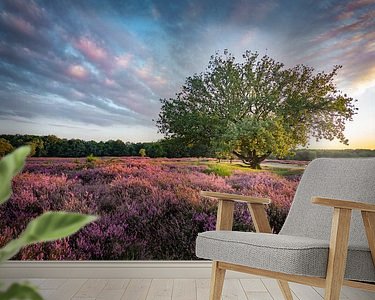

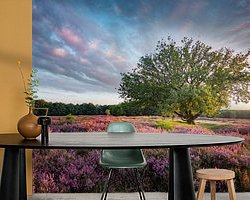

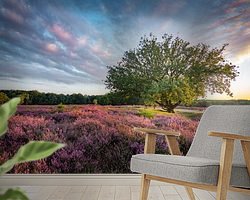



 Architecture
Architecture Clouds
Clouds Elegant Expressions
Elegant Expressions Gentle Whispers
Gentle Whispers Heath
Heath Landscapes
Landscapes Photo wallpaper
Photo wallpaper Photography
Photography Serene Peace
Serene Peace Summer
Summer Sun
Sun Sunset
Sunset The Netherlands
The Netherlands Trees
Trees Vibrant Colors
Vibrant Colors









